In 2025, Japan’s study abroad market is experiencing explosive growth. According to data from Japan’s Immigration Services Agency, the number of international students in Japan from January to September 2024 reached 140,300, a 25% increase year-on-year, with the total for the year expected to exceed 170,000, setting a new historical high.
Among these, students from Mainland China account for 36%, totaling 134,200, maintaining the largest share. This growth is attributed to Japan’s government policies aimed at easing visa requirements (such as the extension of the “Future Talent Visa” for STEM majors to five years) and the deepening internationalization strategies of Japanese universities.

Rising Attractiveness of Regional Universities
Regional national universities have made breakthroughs through initiatives like the “Regional Innovation Talent Development Program.” For example, Kanazawa University and Hiroshima University offer up to 50% tuition discounts and job recommendation services for international students, attracting about 30% of students to universities outside the Tokyo area.
The average annual living costs at regional universities are 30%-50% lower than those in Tokyo. Additionally, some engineering programs (such as Kanazawa University’s Environmental Engineering) collaborate with companies like Toyota and Sony, enabling graduates to directly intern with these companies, with an employment rate as high as 80%.
Popular Fields of Study: A Dual Track of Technology and Humanities, with Emerging Disciplines Seeing Explosive Demand
In 2025, Japan’s university disciplines are characterized by a “technology-driven + humanities-integrated” approach, with four key areas becoming popular choices:
- Healthcare: A Necessity in an Aging Society
Japan’s aging population has surpassed 30%, making fields like nursing and welfare care job “insurance.” Graduates from institutions such as Iwate Prefectural University and Gunma University of Health and Welfare all secure employment, with starting salaries around 4 million yen per year (approximately 20,000 RMB). Some universities collaborate with high-end elderly care institutions to provide paid internships, with students often being retained after graduation. - Artificial Intelligence and Robotics: Deep Industry-Academia Collaboration
Projects like Waseda University’s “Humanoid Robot Development” and Tokyo Institute of Technology’s “Autonomous Driving Systems” attract top talent from around the world. Master’s graduates can earn up to 8 million yen per year (approximately 40,000 RMB), and some students involved in corporate research and development projects even receive job offers before graduation. - Sustainable Energy: A Golden Path to Achieving Carbon Neutrality
To meet the 2050 carbon-neutral target, the Japanese government is heavily supporting the new energy sector. Graduates of programs such as the University of Tsukuba’s “Renewable Energy Research” and Waseda University’s “Low Carbon City Planning” can earn starting salaries of up to 10 million yen (approximately 50,000 RMB), with some entering leading projects at companies like Mitsubishi Heavy Industries and Toshiba Energy. - Digital Media and Creative Industries: An International Gateway for Cultural Export
Universities like Musashino Art University and Tama Art University collaborate with Studio Ghibli and Nintendo to offer programs in animation design and game development. Graduates earn starting salaries of about 3.6 million yen per year (approximately 18,000 RMB), with opportunities to participate in the production of global IPs such as Demon Slayer.
Competition Among Disciplines: Disparity in Acceptance Rates
Top universities in popular fields have an acceptance rate of less than 10% (e.g., the Faculty of Medicine at the University of Tokyo). In contrast, regional universities have a 20% higher acceptance rate for science and engineering programs compared to Tokyo universities, with additional subsidies from local governments. Students are advised to make flexible choices based on their career plans: those aiming for academic excellence should target prestigious Tokyo universities, while those prioritizing cost-effectiveness should consider regional universities.
Employment Outlook: Policy Incentives and Clear Advantages for STEM Graduates
- Employment Rate and Salary Levels
According to data from the Japan Student Services Organization (JASSO), in 2025, the employment rate for undergraduate graduates exceeds 70%, with master’s graduates reaching 75%. STEM graduates lead in employment rates, with Tokyo Institute of Technology’s engineering master’s graduates achieving an 80% employment rate. In the IT industry, international students can earn salaries of 6 million yen or more annually.
Salary-wise, undergraduate graduates start at around 3 million to 3.5 million yen per year (15,000-17,000 RMB), while master’s graduates earn 3.5 million to 4 million yen (17,000-19,000 RMB). PhD graduates in research institutions or high-tech companies can earn up to 400,000 yen per month. - Support from Policies and Companies
Visa Benefits: STEM graduates can apply for a 5-year “Future Talent Visa,” which extends their work hours to 35 hours per week. The post-graduation job-seeking visa validity is extended to 2 years.
Industry Collaboration: Companies like Toyota and Sony collaborate with universities on “industry-academia research projects,” with the University of Tokyo’s “Artificial Intelligence Lab” partnering with SoftBank. Interns have a 30% chance of being hired full-time.
Employment Services: The Japan Student Services Organization (JASSO) has launched the “International Student Employment Navigation System,” which covers 80% of national universities, offering services such as career assessments and mock interviews.
Financial Support: Expanded Scholarship Coverage and Improved Part-time Policies
- Diverse Scholarship Systems
Government Scholarships: The Ministry of Education, Culture, Sports, Science and Technology (MEXT) offers the “Future Talent Program” for STEM fields, which covers full tuition fees and provides 150,000 yen in monthly living expenses. Half of self-funded students can receive financial assistance.
University and Corporate Scholarships: Waseda University offers the “AI Innovation Scholarship” with 1 million yen in research funding. Companies like Bosch and Siemens have set up specialized scholarships for engineering students, with winners given priority for internships.
- Part-time Income and Cost Control
The statutory hourly wage will rise to 1,600 yen (about 80 RMB) in 2025, with IT, translation, and other skilled positions offering hourly wages between 2,300 and 3,200 yen. Working 20 hours per week, international students can earn around 140,000 yen per month, with additional earnings of 500,000-750,000 yen during long breaks.
Regarding living costs, monthly expenses in the Tokyo metropolitan area range from 80,000 to 150,000 yen, while secondary cities like Osaka and Kyoto require only 50,000 to 80,000 yen.
Challenges and Strategies: Language Barriers and Cultural Adaptation
- Main Challenges
Language Requirements: Starting in 2025, applicants to language schools must submit an N5 Japanese proficiency certificate, while graduate students must have at least an N2 level. Most companies require at least N1 proficiency.
Job Culture Differences: Japanese companies emphasize the “lifetime employment system,” with interview processes often taking up to five rounds, and place great importance on teamwork.
- Optimized Strategies
Advance Planning: Students should prioritize regional universities with strong industry partnerships (e.g., Kanazawa University’s Environmental Engineering program) and participate in “industry-academia projects” to gain experience.
Language Strengthening: It is recommended that students achieve at least N2 proficiency before arriving in Japan. Once there, they should take business Japanese courses and join language exchange clubs.
Scholarship Applications: Students should start preparing scholarship applications 1-2 years in advance, particularly for STEM-focused scholarships like the MEXT scholarship.
Conclusion: A New Low-Cost, High-Return Study Abroad Option
The 2025 Japan study abroad landscape presents three main features: scale expansion, discipline specialization, and employment orientation. STEM students, with the support of favorable policies and industry demand, will have clear advantages in both salary (e.g., engineering graduates from Tokyo Institute of Technology can earn over 10 million yen annually) and employment stability.
By planning effectively (e.g., choosing regional universities, applying for scholarships, working part-time), students can control their annual expenses to within 15,000 euros (about 200,000 yen), significantly lower than in Western countries. Applicants should align their studies with their career goals, begin planning 1-2 years ahead, and leverage Japan’s educational resources and policy support to seize development opportunities under Japan’s “technology-driven” strategy.




